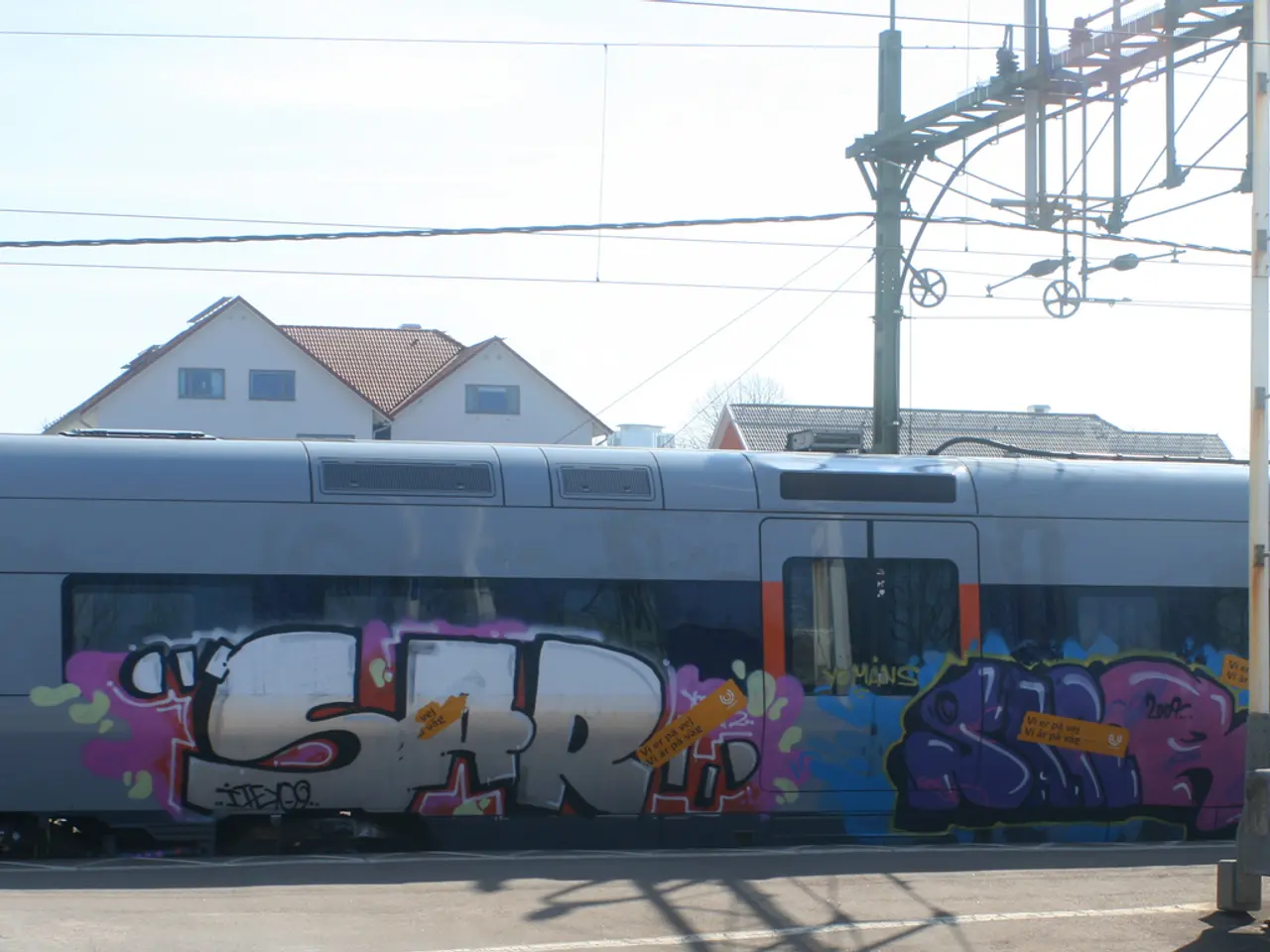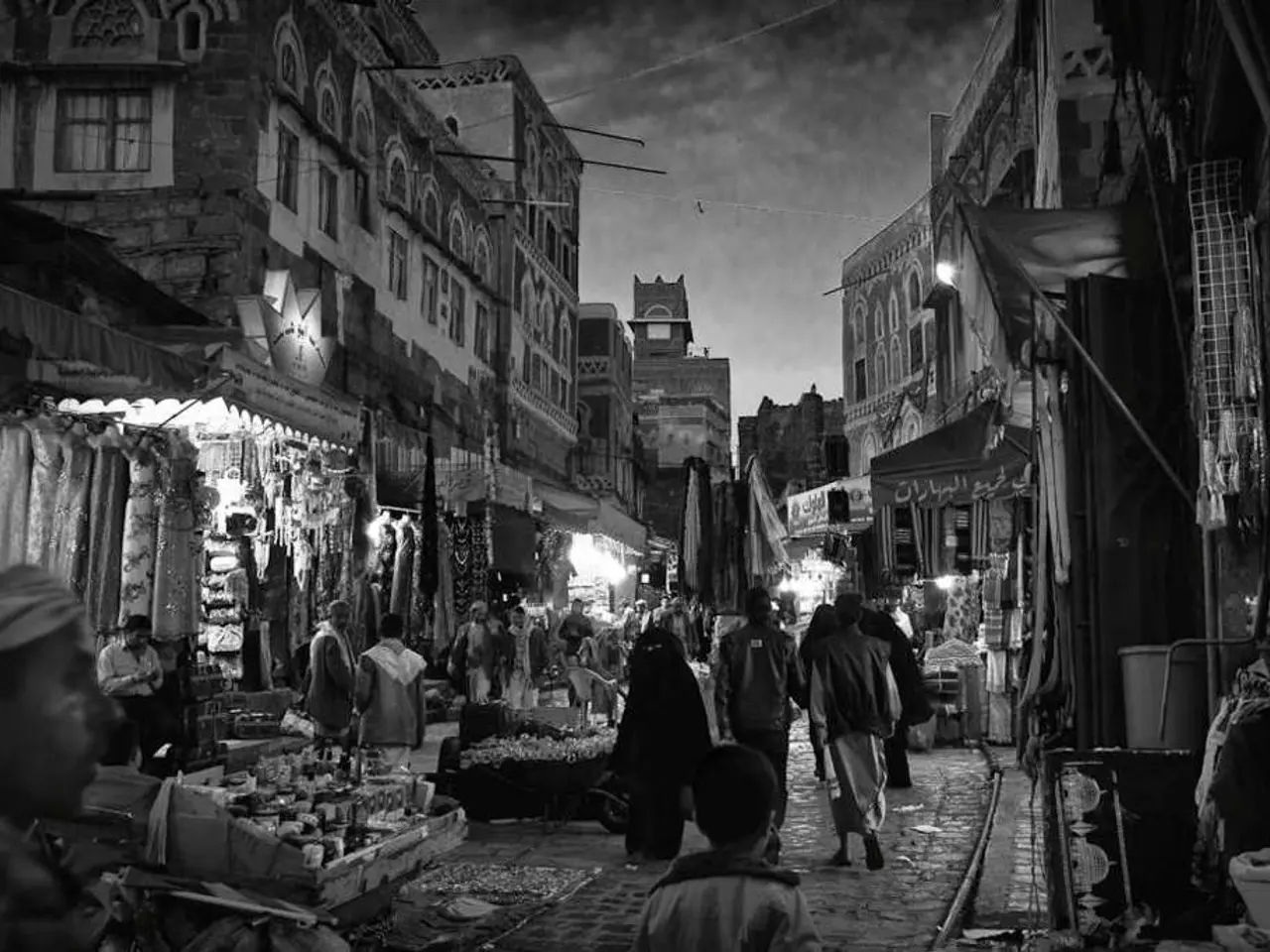Unveiling the Lesser-Known Facts about the London Tube:
The London Underground, a veritable treasure trove of history and engineering marvels, has been serving the city since 1907. Down Street Station, originally opened in the same year, has since been transformed into a museum, offering visitors a glimpse into its extraordinary history and Churchill's underground command center during World War II.
Beneath the streets of London, the Underground is home to its own unique mosquito subspecies, Culex pipiens molestus, which thrives without sunlight and feeds on humans passing through the tunnels. Despite this, it's worth noting that this subspecies does not transmit malaria, unlike the Anopheles mosquitoes found in other parts of the world.
The Underground's network, which spans across the city, is a testament to its rich history and unique engineering feats. For instance, the Northern Line evolved from two railways: the City & South London Railway (the first electric deep-level tube, opened in 1890) and the Charing Cross, Euston & Hampstead Railway (opened in 1907). The system pioneered both deep tunneling and electric traction, setting the model for future lines.
Interestingly, the tunnels of the City and South London Railway were remarkably small—about 10 feet 2 inches in diameter—creating a cramped environment compared to today’s standards. Despite London's size, less than 10% of the Underground network is south of the River Thames.
The Underground has also played a vital role in Britain's history during times of war. In World War II, many Tube stations were used as air-raid shelters. However, tragedy struck at Bethnal Green station in 1943 when 173 people died during a crowd crush while seeking shelter.
The London Underground is not just a transit system; it's also a journey through history, sometimes in unexpected ways. For example, during the construction of the Underground, plague pits from the Great Plague of 1665 were discovered, earning one station the chilling nickname "Bone Station."
Aldwych Station, a ‘ghost’ station closed to passengers in 1994, has served as a shooting club for King’s College, the only place in London where you can legally fire weapons in a Tube station. It has also been a favourite location for film crews, appearing in dozens of movies, TV shows, and music videos. Despite proposals, it has never reopened for public access due to safety and cost concerns.
The Underground is also home to various ghost stories, including those of Sarah Whitehead, known as the "Black Nun," and the tragic WWII air raid incident at Bethnal Green Station. Aldgate Station, built atop a plague pit from 1665, is said to host unexplained sounds and movements.
Lastly, the London Underground is equipped with 451 escalators, ranging from the practical to the quirky. Angel Station boasts the longest escalator (88 feet/27 meters), while Stratford Station features the shortest (13.5 feet/4.1 meters).
These facts highlight the London Underground’s rich history, unique engineering, and unexpected roles in London life over the years. Whether it's exploring the dark corners of history or navigating the quirks of its engineering, the London Underground offers a journey like no other.
[1] https://www.bbc.co.uk/news/uk-england-london-42314554 [2] https://www.historyextra.com/period/victorian/the-london-underground-was-built-to-escape-the-great-plague-of-london/ [3] https://www.tfl.gov.uk/corporate/publications-and-reports/our-work/11414 [4] https://www.tfl.gov.uk/corporate/publications-and-reports/our-work/11414 [5] https://www.tfl.gov.uk/corporate/publications-and-reports/our-work/11414
In the midst of London's unique mosquito subspecies, the Underground remains a testament to the city's history and engineering, with its network evolving from railways like the City & South London Railway and the Charing Cross, Euston & Hampstead Railway. Additionally, financial implications, such as the closure of Aldwych Station and the transformation of Down Street Station into a museum, showcase the intersection of the Underground industry and finance. Moreover, the Underground's role in transportation isn't forgotten, as it has been used as an air-raid shelter during World War II and has provided a cinematic backdrop for numerous films and music videos. Despite these diverse functions, its history often reveals unexpected aspects, such as the discovery of plague pits during construction and the presence of ghost stories in certain stations.




